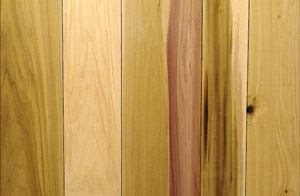Description£º
Yellow Poplar (Liriodendron tulipifera) is also known as poplar, tulip-poplar, and tulipwood. Sapwood from yellow poplar is sometimes called white poplar or whitewood. Yellow-poplar grows from Connecticut and New York southward to Florida and westward to Missouri. The greatest commercial production of yellow-poplar lumber is in the South and Southeast. Yellow-poplar sapwood is white and frequently several centimeters wide. The heartwood is yellowish brown, sometimes streaked with purple, green, black, blue, or red. These colorations do not affect the physical properties of the wood. The wood is generally straight grained and comparatively uniform in texture. Slow-grown wood is moderately light in weight and moderately low in bending strength, moderately soft, and moderately low in shock resistance. The wood has moderately high shrinkage when dried from a green condition, but it is not difficult to dry and is stable after drying. Much of the second-growth wood is heavier, harder, and stronger than that of older trees that have grown more slowly.
The lumber is used primarily for furniture, interior moulding, siding, cabinets, musical instruments, and structural components. Boxes, pallets, and crates are made from lower grade stock. Yellow-poplar is also made into plywood for paneling, furniture, piano cases, and various other special products.

